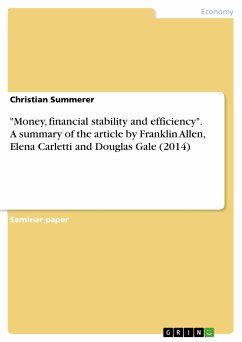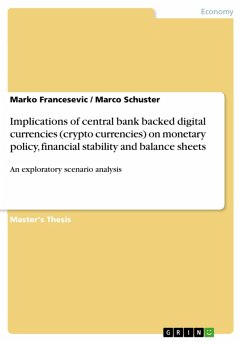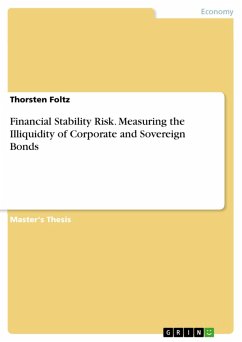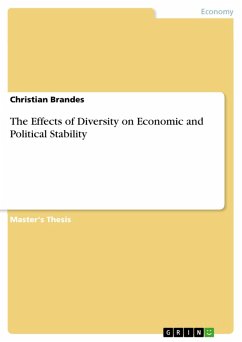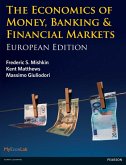Seminar paper from the year 2016 in the subject Economics - Macro-economics, general, grade: 2,0, University of Cologne, course: Seminar Macroeconomics, language: English, abstract: At least since the start of the last financial crisis in 2007, the analysis of financial stability is a broadly investigated field of research. Macroeconomic as well as microeconomic models try to evaluate the effects of distortions (liquidity shocks, substantial losses on equity good markets. . . ) on the financial markets to the stability of all or some areas of the economy. Macroeconomic models mainly evaluate the impacts of such disruptions to benchmarks like GDP, unemployment or international trade and give recommendations regarding how institutions (central banks, governments. . . ) should react. As Blaug indicates, classical, neoclassical and new-classical models can be distinguished in this context. In contrary, microeconomic models are trying to quantify the welfare effects of such events on the level of individual economic participants like households, firms or banks. Most of this literature measure such losses via real-term variables, for example real wages or real consumption. Within such models, this causes instability on the banking/financial sector due to crashes in equity or bank-runs. Just a small group of younger literature, such as Carletti et al. (2009) or Gersbach (2012), examines the question whether modeling nominal but non-contingent contracts instead of real ones improve financial stability in theory. Among this literature, the present article "Money, financial stability and efficiency", written by Franklin et al. (2014), can be found. The authors consider a standard banking model with aggregate return risk, aggregate liquidity risk and idiosyncratic liquidity shocks. The aim of this term paper is to briefly describe relevant model specifications and main assumptions of the underlying model. Secondly, main findings and their implications regarding the proposed research question will be presented. Finally, this term paper will complete with some critical reflections about the applicability of the model in theoretic and empirical research.
Dieser Download kann aus rechtlichen Gründen nur mit Rechnungsadresse in A, B, BG, CY, CZ, D, DK, EW, E, FIN, F, GR, HR, H, IRL, I, LT, L, LR, M, NL, PL, P, R, S, SLO, SK ausgeliefert werden.

